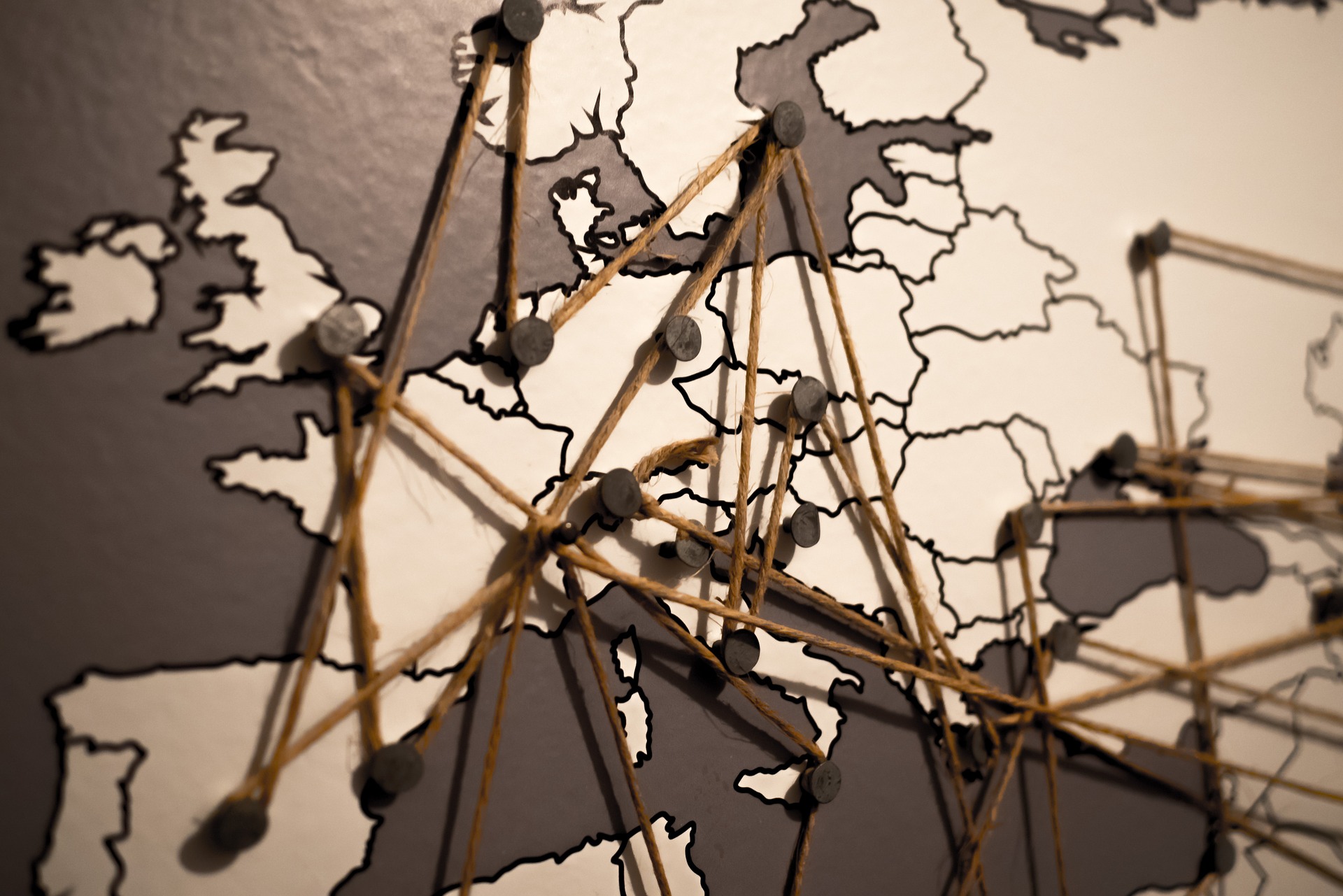After an earthquake, flood, fire, landslide or other such natural disasters take place, a response team needs precise information to save precious lives. The present communication channels are inefficient to process data and accurately predict where the help is most needed. The communication takes place through offline mode and valuable time is lost in rescue operations.
However, all of that can change with help from Facebook with the introduction of disaster maps. These maps are able to aggregate data and provide a much better picture of the affected location. Therefore, organisations can depend on these data points and direct their resources – like food, medical supplies and water to people who need it.
The disaster maps play a critical role to fill the gap in information in case of a natural disaster. The organisations which are involved in rescue operations have collaborated with Facebook to bring out this helpful tool to minimise aftermath of a natural disaster. The disaster maps are a useful feature to increase the efficiency of the rescue teams and bring greater success in rescue operations. The rescue organisations will be able to help Facebook to identify which data is most helpful for them and how the data can help to start rescue operations moments within a disaster takes place.
Facebook partnered with UNICEF, the International Federation of Red Cross, World Food Programme, Red Crescent Societies, among other organisations to bring this initiative to fruition. This is in line with the Facebook founder’s vision of a unified global community for a better future.
Facebook through its disaster maps will share data with these organisations, which would include location data of people being affected by a natural disaster. The data will be available for people who have chosen to share the data with Facebook.
Types of disaster maps.
Location density maps: This map shows the location of people before and after a disaster strikes a particular area. Facebook will be able to compare the historical information based on satellite images. Comparison of this data on a location density map will paint a better image to give estimations with regards to the damage caused by a natural disaster.

Movement maps: As the name itself suggests, it helps to illustrate the movement pattern after a natural disaster takes place. Facebook will be able to provide these maps for several hours after a disaster has affected a particular city or cluster of neighbourhoods.
Safety Check Maps: This map helps to give information of the whereabouts of people affected by natural disasters. Safety Check is a tool offered by Facebook where friends and family can notify each other about their location. This feature is an important aspect of the whole ecosystem as it will de-identify the aggregated data to show how many have notified about their safety and how many are still in distress. Therefore the rescue organisations can directly approach those people who are in need of urgent help.
Facebook in its post has emphasised that it will share these data only with the reputed rescue organisations who have the capacity to understand and respect the privacy standards of the company.
However, Facebook has made it clear that it intends to expand its operations by adding additional organisations and also help governments who would like to participate in this program.

